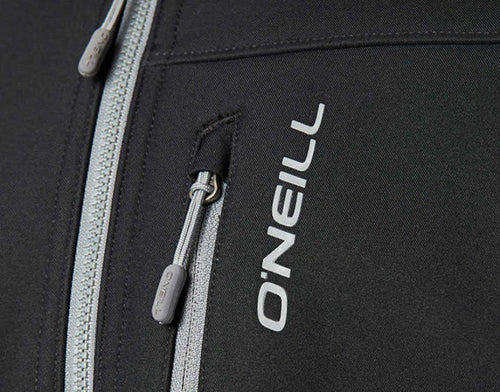Alpine or downhill skiing
Alpine skiing or downhill skiing is without a doubt the most popular type of recreational skiing. When people talk about skiing, they usually refer to this style. Alpine skiing can be enjoyed on prepared slopes in commercial resorts. The runs are signposted and there are lifts and cabins to take you up the mountain. For this type of skiing, you can use different types of skis. Choose traditional skis to cruise down the mountain or take your carving skis if you want to make more aggressive turns. In downhill skiing, your ski boots are attached to the bindings at the front and back to provide stability and control. Alpine skiing is also a competitive sport. In this Olympic discipline, the goal is to complete a downhill course in as little time as possible.

Backcountry skiing
Backcountry skiing, also known as off-piste skiing, is just what the names imply: heading off the prepared slopes, into the backcountry. Most backcountry skiers are looking for unridden runs where they can find their own tracks in the fresh snow. In most cases, there aren’t lifts to take you up the mountain, so you have to get up there yourself. You can either hike without skis or put special skins under your skis for added grip. In some cases, you can also hire a helicopter to drop you off on the top. Backcountry skiing is a more adventurous form of skiing than alpine skiing, but also includes more risk. Therefore, preparation is key. It is advised to take an avalanche course and bring avalanche safety equipment. This helps you to localize your companions or be localized yourself in case of an emergency. It is also wise to take your own food and drinks, since there won’t be a restaurant or bar where you’re heading.

Ski touring
Ski touring is quite similar to backcountry skiing. The difference is that your boots aren’t attached at the back of your binding when heading up the mountain. This allows you to make more of a walking movement and makes climbing easier. In comparison to off-piste skiing, ski touring involves more time climbing and hiking, and less time downhill. It is a great way to explore the mountains; tours can take several days, and you can spend the night in specific mountain cabins. It involves the same safety risks as off-piste skiing, so be sure to take your safety measures!
Cross-country skiing
Cross-country skiing is a type of skiing that is practiced on flat or hilly terrain. This generally means less speed, yet more physical exercise! Just like in ski touring, your heels aren’t attached to the binding. This helps to create a more efficient walk-like motion. Additionally, you can use the ski poles to help create a forward movement. Instead of moving your legs forward, you can also use a skating style where you move your legs sideways. Cross-country skiing or Nordic skiing is an Olympic sport that includes various distances. The biathlon event also involves cross-country skiing.
Freestyle skiing
Freestyle skiing is a form of skiing that isn’t about speed, but about acrobatic movements. It isn’t just one style of skiing, but involves a whole range of activities. Some forms of freestyle skiing are also included in the Olympics. A good example is the halfpipe, where you can launch yourself off both sides of the pipe to perform spectacular tricks in the air. Slopestyle, another form of freestyle skiing, is aimed at performing your best moves on a downhill course full of ramps, boxes and rails. Other forms of freestyle skiing include the big jump, where you focus on one spectacular move off a big ramp, and mogul skiing, where you have to complete bumpy parcours with jumps in between. Freestyle skiing isn’t a ski type for beginners. It also requires specific skis that are shorter and allow you to ski backwards.

Telemark skiing
Telemark skiing is a type of skiing that originated in the Norwegian region Telemark. It distinguishes itself from traditional downhill ski techniques, because the boot is only fastened at the front of the binding. When making a turn, the back knee is bent backward, while the heel is released. It is a very stylish and fun skiing technique, but is harder to master than conventional skiing methods. It also requires a specific type of skis and bindings.


















0 comments